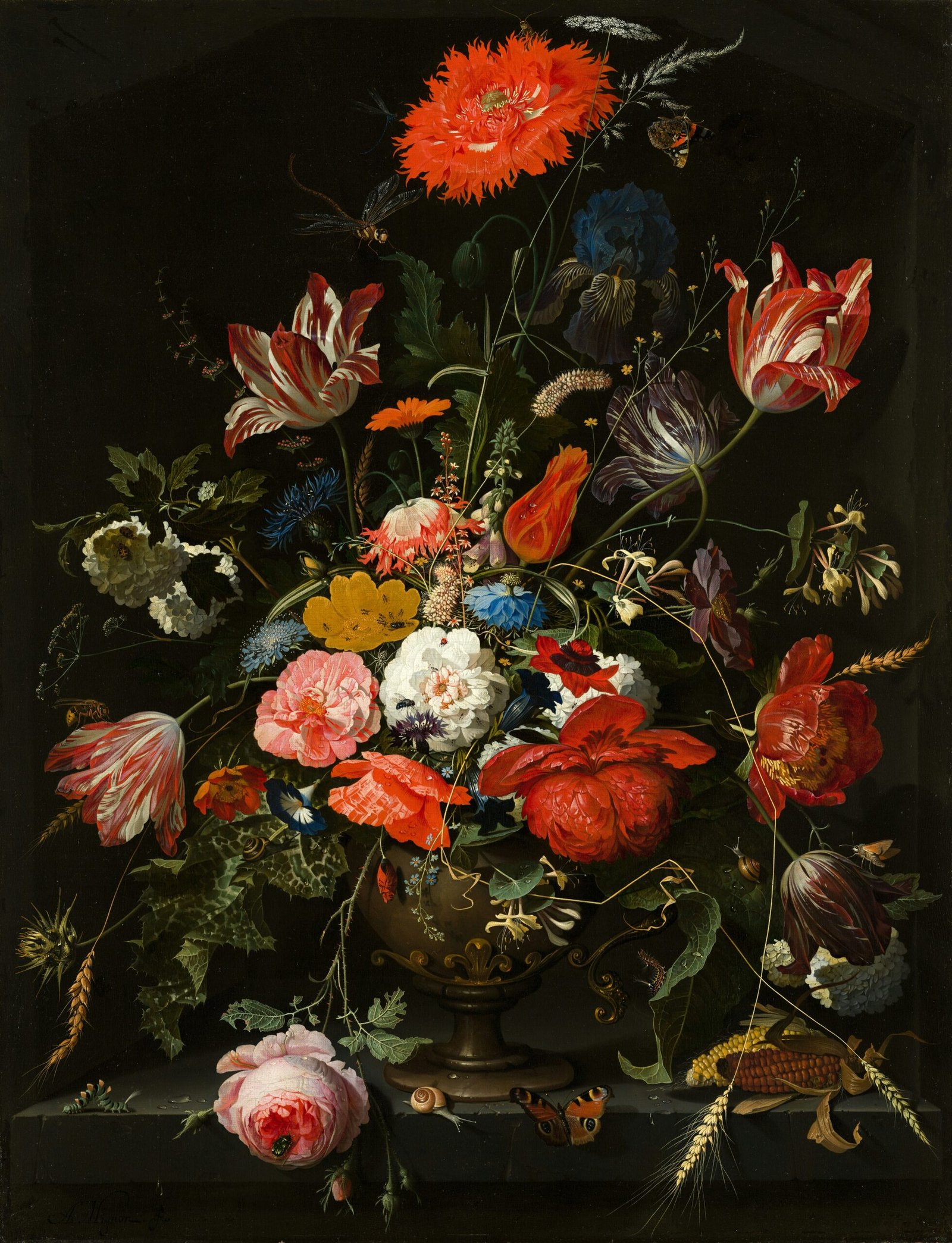
The Essence of Art and Creativity
Art and creativity are two concepts that have been intertwined throughout human history. They are fundamental to our existence and play a significant role in shaping our culture, society, and individual experiences. Art, in its various forms, has always been a means of expression, allowing us to communicate ideas, emotions, and perspectives that may be difficult to convey through words alone. Whether it be through painting, sculpture, music, literature, or any other artistic medium, art has the power to evoke emotions, provoke thoughts, and challenge societal norms.
Creativity, on the other hand, is the driving force behind art. It is the ability to think outside the box, to imagine and create something new and original. Creativity is not limited to the arts; it permeates every aspect of our lives. From problem-solving to innovation, creativity is what allows us to come up with unique solutions and ideas. It is the spark that ignites our imagination and fuels our passion for exploration and discovery.
The significance of art and creativity in our lives cannot be overstated. They provide us with a means of self-expression and self-discovery. Through art, we can explore our innermost thoughts, desires, and fears, allowing us to better understand ourselves and the world around us. Art also has the power to connect us with others, transcending language and cultural barriers. It has the ability to unite people from different backgrounds and perspectives, fostering empathy, understanding, and appreciation for diversity.
Moreover, art and creativity have the potential to bring about social change. Throughout history, artists have used their work to challenge social injustices, spark conversations, and inspire movements. From Picasso’s Guernica, which depicted the horrors of war, to Maya Angelou’s powerful poetry on civil rights, art has served as a catalyst for change and a platform for marginalized voices.
In a world that is becoming increasingly automated and technologically driven, art and creativity are more important than ever. They remind us of our humanity, our capacity for imagination, and our need for emotional connection. They encourage us to break free from the confines of routine and explore new possibilities. In a society that often values productivity and efficiency above all else, art and creativity remind us to slow down, to appreciate the beauty in the world around us, and to embrace the joy of creation.
In conclusion, art and creativity are not mere luxuries or hobbies; they are essential to our well-being and the fabric of our society. They provide us with a means of expression, self-discovery, and connection. They have the power to challenge, inspire, and transform. In a world that is constantly changing and evolving, art and creativity remain constants, reminding us of the beauty and potential that lies within each of us. So let us embrace our creative spirit, nurture our artistic endeavors, and celebrate the profound impact that art and creativity have on our lives. Art has the ability to transcend language barriers and cultural differences, making it a universal form of expression. It allows individuals to communicate their innermost thoughts and emotions without the need for words. For example, a painting can evoke a wide range of emotions in the viewer, from joy and awe to sadness and contemplation. The colors, brushstrokes, and composition of the artwork all contribute to its ability to convey a message or tell a story.
Moreover, art provides a platform for artists to address social and political issues that are often difficult to discuss openly. Through their work, artists can shed light on injustices, challenge the status quo, and advocate for change. For instance, a photograph capturing the plight of refugees can raise awareness and empathy among viewers, prompting them to take action or reconsider their own biases.
In addition to expression and communication, art also serves as a form of therapy and self-discovery. Many artists use their creative process as a means of exploring their own thoughts, feelings, and experiences. Through art, they can delve into their subconscious and uncover hidden emotions or memories. This introspective journey not only helps the artist gain a deeper understanding of themselves, but it also allows them to connect with others who may have had similar experiences.
Furthermore, art has the power to bring people together and create a sense of community. Whether it’s attending a concert, visiting a gallery, or participating in a theater performance, art provides opportunities for individuals to come together and share in a collective experience. This shared experience fosters a sense of belonging and unity, as people from different walks of life can connect and find common ground through their appreciation of art.
In conclusion, art is a powerful tool for expression and communication. It allows individuals to convey their thoughts and emotions, challenge societal norms, address important issues, and connect with others on a deeper level. Through various art forms, artists can inspire, provoke thought, and foster a sense of understanding and community. Art has the ability to transcend language and cultural barriers, making it a universal language that speaks to the heart and soul of individuals around the world. Artists have always been at the forefront of innovation, using their imagination to envision new possibilities and push the boundaries of what is considered possible. Whether it is in the realm of painting, sculpture, music, or literature, artists have the unique ability to tap into their creative minds and bring forth ideas that challenge the status quo.
Take, for example, the field of technology. Many of the groundbreaking inventions and advancements we enjoy today can be traced back to the imaginative thinking of artists. Steve Jobs, the co-founder of Apple, once famously said, “Creativity is just connecting things.” This statement highlights the importance of imagination in innovation. Artists are able to make connections between seemingly unrelated concepts and come up with new and innovative solutions.
In the world of science, artists have also played a significant role in inspiring new discoveries. The intricate illustrations and diagrams created by scientific illustrators have helped scientists visualize complex concepts and phenomena. These visual representations not only aid in understanding but also spark new ideas and avenues of exploration.
Moreover, art and creativity have the power to shape societal change. Throughout history, artists have used their work to challenge social norms and advocate for justice and equality. Whether it is through powerful paintings that depict the struggles of marginalized communities or thought-provoking performances that shed light on pressing social issues, artists have the ability to ignite conversations and inspire action.
In addition to driving progress in various fields, art and creativity also have numerous personal benefits. Engaging in creative activities has been shown to reduce stress, improve mental health, and enhance problem-solving skills. By encouraging individuals to think outside the box and embrace experimentation, art fosters a mindset of innovation that can be applied to all aspects of life.
In conclusion, art and creativity are essential components of imagination and innovation. Artists have the ability to envision new worlds, challenge the status quo, and inspire progress in various fields. By embracing unconventional ideas and pushing the boundaries of what is considered possible, art drives innovation and propels society forward. So let us celebrate and support the artists and their creative endeavors, for they are the catalysts of change and the architects of a brighter future. Art has the power to transcend boundaries and bridge gaps between different cultures, societies, and individuals. It serves as a universal language that can communicate emotions, ideas, and experiences that words alone may fail to express. Through various forms such as painting, sculpture, music, dance, literature, and film, art has the ability to evoke powerful emotions and provoke meaningful conversations.
When we engage with art, whether as creators or observers, we are invited to step outside of our own perspectives and enter into a world of imagination and contemplation. We are encouraged to challenge our preconceived notions and explore new ways of thinking. This process of reflection and perspective-taking is not only beneficial on an individual level but also has the potential to foster understanding and empathy on a societal level.
Art has the unique ability to address complex social, political, and cultural issues in a way that is accessible and relatable. It can shed light on topics that are often difficult to discuss, sparking conversations and inspiring change. By presenting alternative narratives and challenging dominant ideologies, art can challenge the status quo and encourage critical thinking.
Furthermore, art has the power to heal and provide solace in times of hardship and adversity. It can serve as a form of therapy, allowing individuals to express and process their emotions in a safe and supportive environment. Through art, people can find comfort, hope, and a sense of connection to others who may have experienced similar struggles.
In conclusion, art and creativity play a vital role in our lives, offering us a means of self-expression, reflection, and perspective. They have the power to bring people together, inspire change, and provide comfort in times of need. By embracing art in all its forms, we can cultivate a more compassionate, inclusive, and enlightened society.
